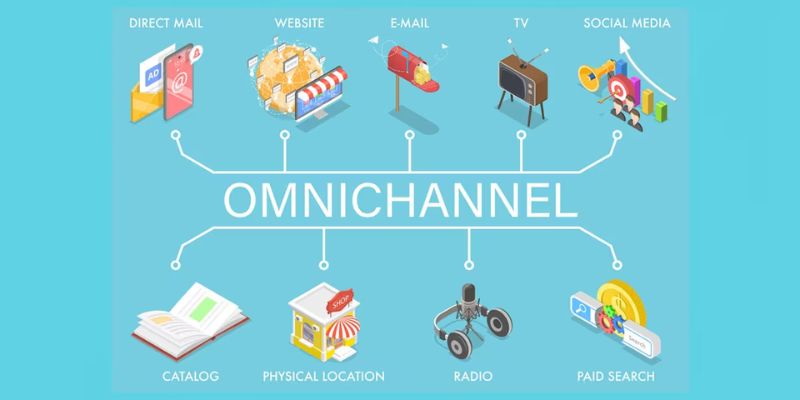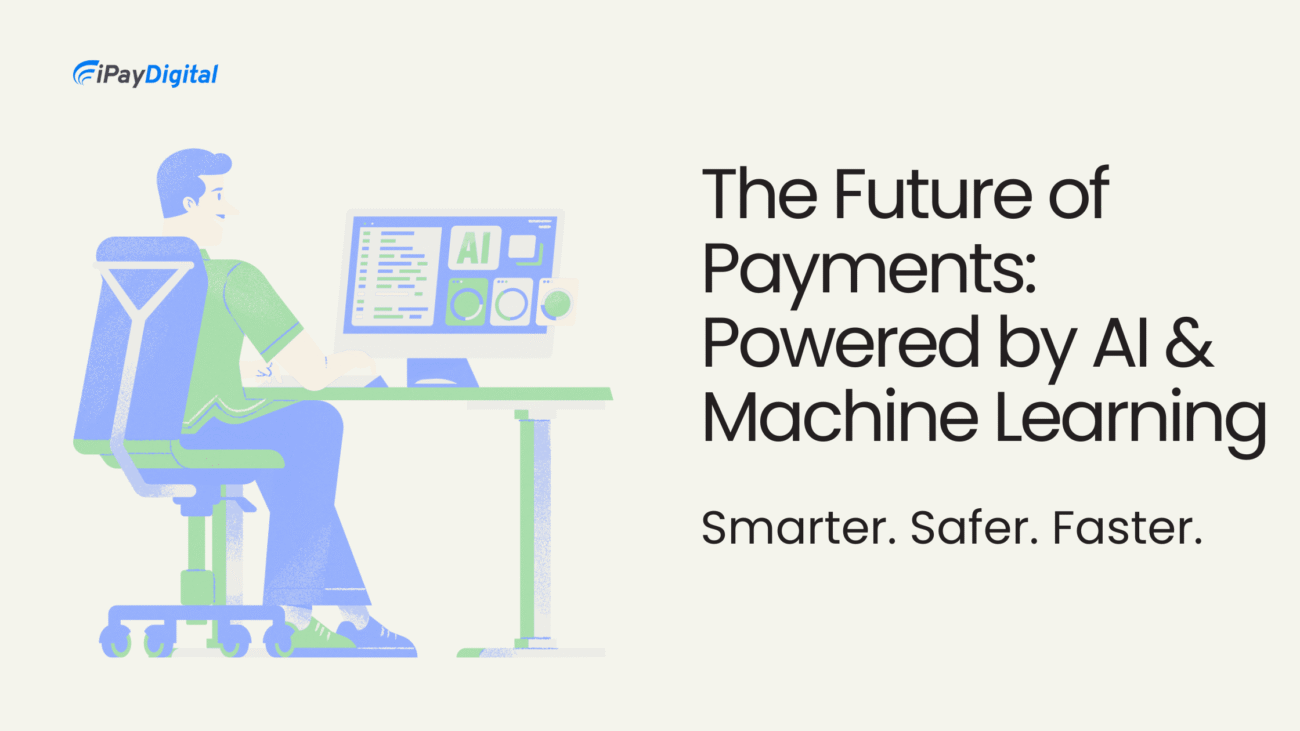In today’s fast-paced retail environment, customers expect a consistent shopping experience across all platforms—whether online, in-store, or via mobile. Omni-channel retail has emerged as the solution to meet these expectations, uniting various shopping methods into one integrated system. Central to this strategy is payment processing, which ensures that transactions are efficient, secure, and consistent across all channels.
This blog explores the critical role of payment processing in omni-channel retail, delves into the technologies that drive it, and highlights strategies for overcoming challenges while enhancing the customer experience.
What is Omni-Channel Retail?
Omni-channel retail goes beyond simply offering multiple shopping avenues. It integrates these channels—online stores, brick-and-mortar locations, social media, and mobile apps—into a unified experience. Customers can browse products online, purchase in-store, and receive personalized offers through email, all while enjoying smooth transitions between platforms.
Unlike multi-channel retail, which often operates in silos, omni-channel retail ensures continuity by connecting every touchpoint. This approach prioritizes customer convenience, creating a cohesive shopping journey that enhances satisfaction and loyalty.
Why Payment Processing is Crucial in Omni-Channel Retail
Payment processing is more than just completing transactions—it’s the backbone of a frictionless retail experience. Here’s why it’s essential:
1. Unified Transactions Across Platforms
Customers expect consistent payment options regardless of how or where they shop. Omni-channel payment processing ensures this continuity, enabling smooth transitions between online, in-store, and mobile purchases.
2. Enhanced Security
With increasing cybersecurity threats, robust payment processing safeguards sensitive customer data. Advanced encryption and authentication protocols protect transactions, fostering trust between customers and businesses.
3. Flexible Payment Options
Modern shoppers demand payment flexibility, from credit cards to digital wallets and buy-now-pay-later plans. Payment processing systems must accommodate these preferences to enhance customer satisfaction.
4. Streamlined Operations
Integrated payment systems reduce manual errors and provide real-time insights into sales and inventory. This efficiency improves decision-making and customer service.
Technologies Driving Omni-Channel Payment Processing
Point of Sale (POS) Systems
POS systems capture in-store transactions and integrate with inventory management, CRM tools, and online platforms. They provide real-time data, ensuring stock consistency and personalized customer interactions.
Mobile Payment Solutions
From NFC-enabled payments to QR code systems, mobile payment options cater to tech-savvy shoppers. These solutions bridge the gap between online and in-store experiences, offering convenience and speed.
Online Payment Gateways
Online gateways facilitate secure e-commerce transactions. They support various payment methods, enable international sales, and include fraud detection tools, essential for businesses operating across multiple channels.
Enhancing Customer Experience with Payment Processing
1. Personalization
Payment data provides insights into customer preferences. Businesses can leverage this information to offer tailored promotions, discounts, and loyalty rewards, strengthening relationships.
2. Convenience
Quick, hassle-free checkout processes reduce cart abandonment and enhance satisfaction. Options like one-click payments or saved payment details improve the shopping experience.
3. Loyalty Programs Integration
Smoothly linking payment systems with loyalty programs incentivizes repeat purchases. Customers earn rewards without additional steps, boosting engagement and retention.
Overcoming Challenges in Omni-Channel Payment Processing
1. Integration Complexity
Connecting disparate payment systems can be resource-intensive. Solution: Invest in integrated platforms that support multiple channels and payment types.
2. Data Security
Protecting customer information is non-negotiable. Solution: Use secure payment gateways, comply with PCI DSS standards, and conduct regular audits to prevent breaches.
3. Cost Management
Transaction fees can erode profit margins. Solution: Negotiate rates with payment providers and evaluate cost-effective alternatives to traditional systems.
Best Practices for Businesses
- Adopt Advanced Payment Solutions: Use modern platforms that integrate easily with your existing systems.
- Focus on Security: Stay updated on compliance standards and cybersecurity measures.
- Offer Multiple Payment Options: Cater to diverse customer preferences to improve sales.
- Train Your Team: Ensure staff are familiar with new payment systems to provide excellent customer service.
FAQs on Omni-Channel Payment Processing
Q1. What is omni-channel payment processing?
Omni-channel payment processing integrates transactions across online, in-store, and mobile platforms, ensuring a consistent and absolute customer experience.
Q2. Why is omni-channel payment processing important?
It enhances customer satisfaction by offering flexibility, convenience, and security, driving sales and fostering loyalty.
Q3. How can businesses implement it effectively?
Partner with integrated solution providers, update payment infrastructures, and consolidate data for a unified view of customer interactions.
Q4. Are there security concerns?
Yes, but robust payment gateways and regular security audits mitigate risks, protecting customer data from breaches.
Q5. What are the benefits of a unified payment system?
Efficiency, improved customer insights, faster transactions, and the ability to offer personalized experiences across platforms.
Conclusion
In the competitive landscape of omni-channel retail, efficient payment processing is a cornerstone of success. It ensures smooth transactions, boosts customer satisfaction, and streamlines operations, empowering businesses to thrive in a digitally connected world.
By adopting advanced technologies and prioritizing security and convenience, retailers can unlock the full potential of omni-channel strategies. Embrace these solutions to deliver exceptional customer experiences and secure long-term growth in today’s retail environment.














